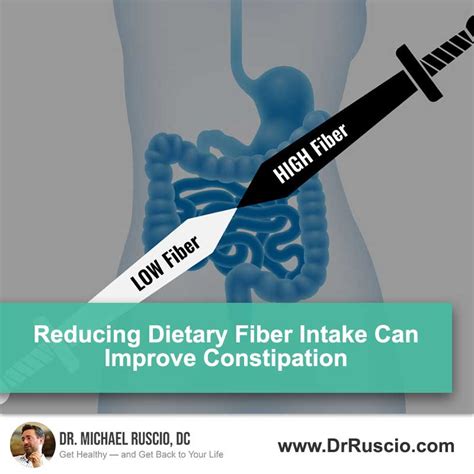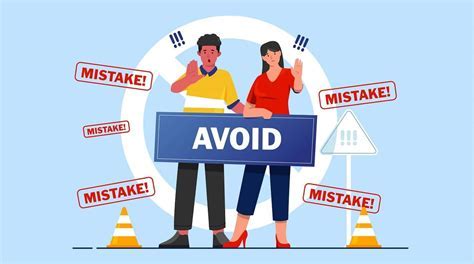Reducing fiber intake can be beneficial for certain individuals, such as those with gastrointestinal issues or those who are preparing for a colonoscopy. However, it's essential to note that a low-fiber diet may not be suitable for everyone, particularly those with a history of constipation or diverticulitis. A balanced diet that includes a variety of whole foods can provide the necessary nutrients and fiber for optimal health. In this article, we will explore the importance of fiber, the benefits of reducing fiber intake, and provide guidance on how to reduce fiber consumption.
A high-fiber diet can be beneficial for many people, but it may not be suitable for everyone. Some individuals may experience digestive issues, such as bloating, gas, or abdominal pain, due to a high-fiber diet. In such cases, reducing fiber intake can help alleviate these symptoms. Additionally, a low-fiber diet may be recommended for individuals with certain medical conditions, such as inflammatory bowel disease or gastroparesis. It's crucial to consult with a healthcare professional before making any significant changes to your diet.
The benefits of reducing fiber intake can be significant for individuals who experience digestive issues or have certain medical conditions. A low-fiber diet can help reduce symptoms of irritable bowel syndrome, such as bloating and abdominal pain. Furthermore, a low-fiber diet may be beneficial for individuals with diabetes, as it can help regulate blood sugar levels. However, it's essential to note that a low-fiber diet may not be suitable for everyone, and it's crucial to consult with a healthcare professional before making any significant changes to your diet.
Understanding Fiber
Fiber is a type of carbohydrate that is not easily broken down by the body. It is found in a variety of foods, including fruits, vegetables, whole grains, and legumes. There are two types of fiber: soluble and insoluble. Soluble fiber dissolves in water and can help lower cholesterol levels, while insoluble fiber does not dissolve in water and can help promote regular bowel movements. A high-fiber diet can provide numerous health benefits, including reducing the risk of heart disease, type 2 diabetes, and certain types of cancer.
Benefits of Reducing Fiber Intake
Reducing fiber intake can be beneficial for certain individuals, particularly those with gastrointestinal issues or those who are preparing for a colonoscopy. A low-fiber diet can help reduce symptoms of irritable bowel syndrome, such as bloating and abdominal pain. Additionally, a low-fiber diet may be beneficial for individuals with diabetes, as it can help regulate blood sugar levels. However, it's essential to note that a low-fiber diet may not be suitable for everyone, and it's crucial to consult with a healthcare professional before making any significant changes to your diet.
5 Ways to Reduce Fiber Intake
Reducing fiber intake can be achieved through a variety of methods. Here are five ways to reduce fiber intake:
* Eat more refined grains, such as white bread and pasta, instead of whole grains.
* Choose low-fiber fruits, such as bananas and avocados, instead of high-fiber fruits, such as apples and berries.
* Limit your intake of legumes, such as beans and lentils, which are high in fiber.
* Avoid eating nuts and seeds, which are high in fiber.
* Choose low-fiber vegetables, such as cucumbers and bell peppers, instead of high-fiber vegetables, such as broccoli and carrots.
Step-by-Step Guide to Reducing Fiber Intake
Reducing fiber intake can be achieved through a step-by-step approach. Here's a guide to help you get started:
1. Consult with a healthcare professional to determine if a low-fiber diet is suitable for you.
2. Keep a food diary to track your fiber intake and identify high-fiber foods.
3. Gradually reduce your fiber intake over a period of days or weeks to allow your digestive system to adjust.
4. Eat smaller, more frequent meals to reduce symptoms of digestive issues.
5. Stay hydrated by drinking plenty of water to help prevent constipation.
Practical Examples and Statistical Data
Reducing fiber intake can be beneficial for certain individuals, particularly those with gastrointestinal issues or those who are preparing for a colonoscopy. For example, a study published in the Journal of Clinical Gastroenterology found that a low-fiber diet reduced symptoms of irritable bowel syndrome in 75% of participants. Additionally, a low-fiber diet may be beneficial for individuals with diabetes, as it can help regulate blood sugar levels. According to the American Diabetes Association, a low-fiber diet can help reduce the risk of diabetes-related complications.
Common Mistakes to Avoid
Reducing fiber intake can be beneficial for certain individuals, but it's essential to avoid common mistakes. Here are some mistakes to avoid:
* Not consulting with a healthcare professional before making significant changes to your diet.
* Not gradually reducing fiber intake, which can lead to digestive issues.
* Not staying hydrated, which can lead to constipation.
* Not eating a balanced diet, which can lead to nutrient deficiencies.
* Not monitoring your progress, which can lead to ineffective results.
Conclusion and Next Steps
Reducing fiber intake can be beneficial for certain individuals, particularly those with gastrointestinal issues or those who are preparing for a colonoscopy. However, it's essential to consult with a healthcare professional before making any significant changes to your diet. By following the steps outlined in this article and avoiding common mistakes, you can reduce your fiber intake and achieve your health goals. Remember to stay hydrated, eat a balanced diet, and monitor your progress to ensure effective results.
We hope this article has provided you with valuable information on reducing fiber intake. If you have any questions or comments, please feel free to share them below. Additionally, if you found this article helpful, please share it with your friends and family who may benefit from reducing their fiber intake.
What is the recommended daily intake of fiber?
+
The recommended daily intake of fiber varies depending on age and sex. The average adult needs 25-30 grams of fiber per day.
Can a low-fiber diet be beneficial for everyone?
+
No, a low-fiber diet may not be beneficial for everyone. It's essential to consult with a healthcare professional before making any significant changes to your diet.
How can I reduce my fiber intake without experiencing digestive issues?
+
To reduce your fiber intake without experiencing digestive issues, it's essential to gradually reduce your fiber intake over a period of days or weeks. Additionally, stay hydrated by drinking plenty of water and eat smaller, more frequent meals.







